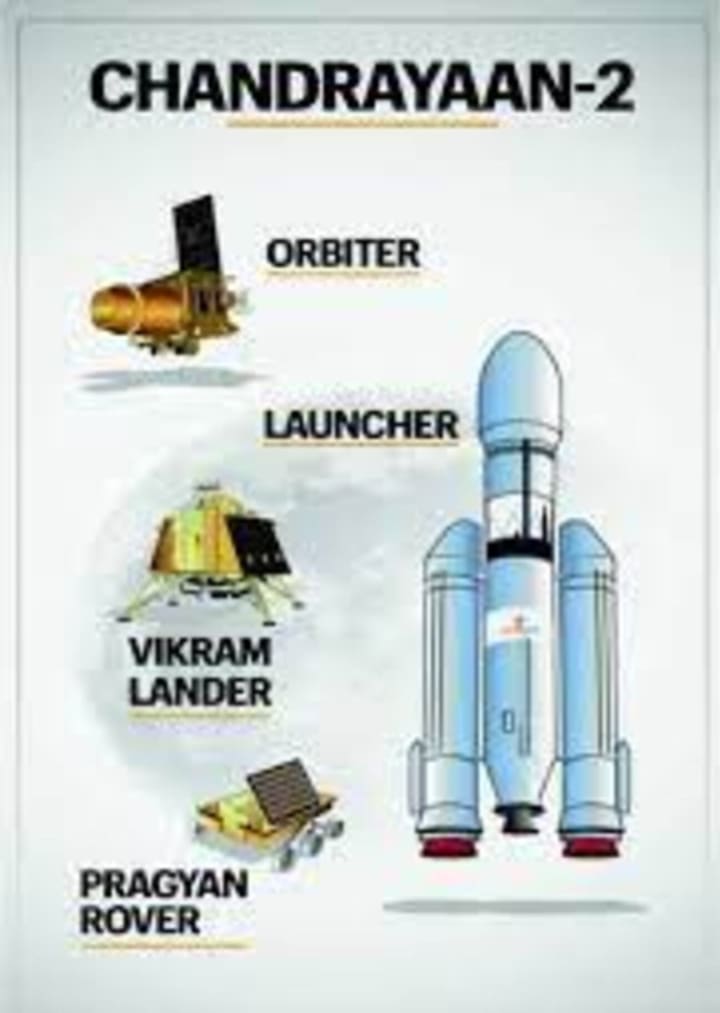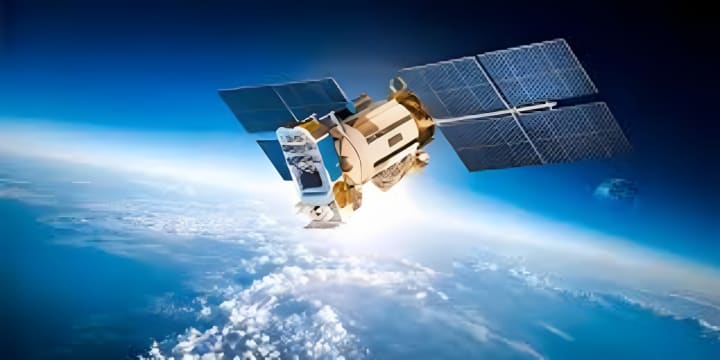India's Journey to the Moon
India's Introduction to Space

Chandrayaan, India's historic lunar exploration program, has a rich history that began with the country's ambitious dream of exploring the moon.
Chandrayaan Journey

The Chandrayaan journey began in the early 21st century when the Indian Space Research Organization (ISRO) set its sights on space exploration with a specific focus on the Moon. It marked the beginning of a ground breaking initiative that would transform India's space aspirations and put the nation on the global space exploration map.
Chandrayaan Project

The Chandrayaan program was formally launched in 2003 with the primary objective of developing and launching an indigenous spacecraft to explore the Moon. The project aims to conduct various scientific experiments and studies, including mapping the lunar surface and identifying potential resources. The project was not only a technical challenge but also a testament to India's growing space capabilities and scientific prowess.
Chandrayaan-1
In 2008, after years of meticulous planning and development, India launched its first lunar mission, Chandrayaan-1, on October 22 using the Polar Satellite Launch Vehicle (PSLV). India has become the fourth country to reach the moon after USA, Russia, and China. Chandrayaan-1 was equipped with several scientific instruments, including a high-resolution remote sensing camera and a lunar mineralogical mapper.
The mission achieved significant milestones including the discovery of water molecules on the surface of the Moon and confirmation of the presence of hydroxyl and water ice in the polar regions. Chandrayaan-1 contributed to the detection of many minerals and elements, providing valuable insights into the geological history of the Moon.
Chandrayaan-2

Inspired by the success of Chandrayaan-1, ISRO has set its sights on the more ambitious project Chandrayaan-2. Launched on July 22, 2019, Chandrayaan-2 was a leap forward in India's space capability. Unlike its predecessor, this mission will include an orbiter, a lander named Vikram, and a rover named Pragyan. Chandrayaan-2's primary mission is to explore the South Pole region of the Moon, which has not been adequately explored by previous missions.
However, during the final phase of descent, the Vikram lander encountered communication problems and deviated from its intended path. Despite the setback, Chandrayaan-2's orbiter component continued to operate as planned and provided valuable data, making a significant contribution to lunar research.
Chandrayaan-3
The Chandrayaan-2 program received worldwide recognition and praise for ISRO's efforts in undertaking the complex mission. The landing setback did not deter India's determination to continue lunar exploration. Instead, it served as a learning experience for the space agency, strengthening its determination to reach even greater heights in future missions. Following the Chandrayaan-2 mission, India announced plans for Chandrayaan-3, which aimed to capitalize on the lessons learned from previous missions, and not only that Chandrayaan-3 was planned to carry the lunar lander and rover science experiments.
The launch of Chandrayaan-3 took place on 14 July 2023, at 2:35 pm IST, and was completed as part of a phase of the lunar launch into a 100 km circular polar orbit.
The lander and rover are expected to make a soft landing on the surface of the Moon's south pole on 23 August 2023. With each lunar mission, India's space program has demonstrated significant progress, cementing its position in the global space community. Chandrayaan's legacy goes beyond scientific discoveries and technological advances; It has inspired the younger generation of Indians to pursue careers in Science, Technology, Engineering, and Mathematics (STEM) fields.
Conclusion

The Chandrayaan program highlights India's commitment to using space technology for peaceful space exploration and social development. It also reflects the country's determination to explore the frontiers of science and contribute to humanity's understanding of the universe.
As India looks forward to future lunar and interplanetary missions, Chandrayaan will always be a defining chapter in the country's space history. It represents the spirit of exploration, innovation, and an indomitable quest for knowledge that drives humanity's pursuit of the stars.
About the Creator
SELVAVADIVEL MURUGESAN
Your need is my service






Comments
There are no comments for this story
Be the first to respond and start the conversation.